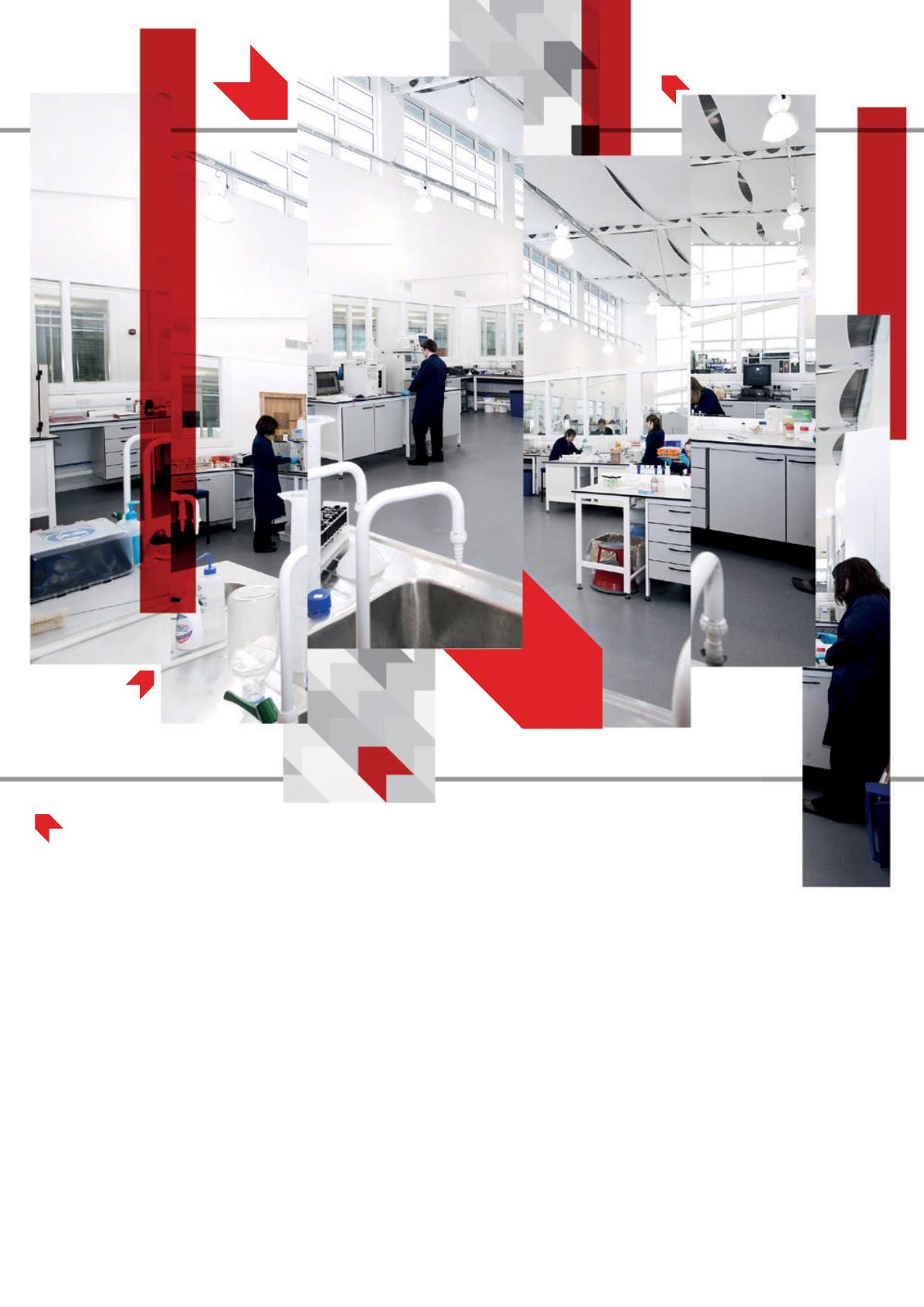
A
s the price of oil continues its downward trend and E&P
budgets continue to shrink, smart operators are looking for
ways to maximise production and extend the productive life
of assets already in place. In many cases, production is dependent
upon maximising water injection to maintain reservoir pressure.
Often however, despite good water handling processes, water
injectivity can be reduced significantly over time through the
build-up of deposits in the near wellbore region and in the injection
infrastructure.
When injectivity cannot be maintained, producing wells have
to be shut in and cleaned, resulting in a significant loss of revenue.
Cleaning typically involves hazardous solvents and/or acids to
remove the deposits that are blocking pore throats and coating the
injection infrastructure. Depending upon the severity of the problem
and the efficiency of the programme, this intervention may have to
be repeated after only a few weeks or months.
These deposits typically contain a mixture of water insoluble
components that are carried through the production system.
DR. DAVID HORSUP AND DR. CALEB CLARK, NALCO CHAMPION, USA, INTRODUCE A
MULTI-FUNCTIONAL TECHNOLOGY DESIGNED TO MAXIMISE WATER INJECTIVITY AND OIL PRODUCTION
WHILST EXTENDING ASSET INTEGRITY.
MAXIMISINGPRODUCTION
ANDASSETLIFE
|
53


